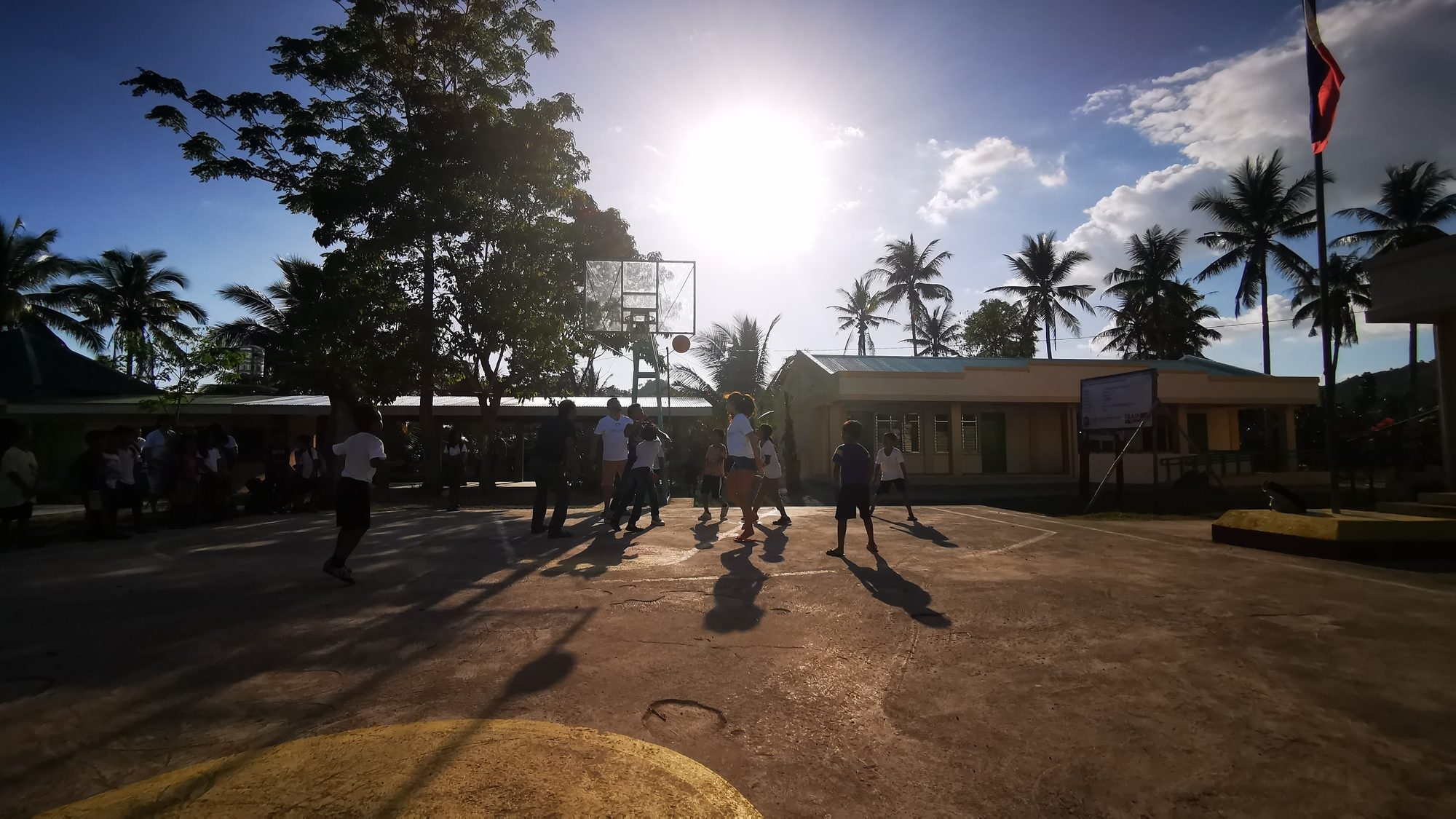A storm coming in
During the first week of November 2013 the storm-hardened people of the more than 1,000 islands of the Philippines hardly noticed that a tropical depression had formed several thousand miles away in the Pacific Ocean.
Over the unusually warm waters the storm named Haiyan grew into a monster – a superthyphoon with sustained winds of 195 miles/hr (315 km/h), surpassing Hurricane Camille in Texas 1969 as the strongest storm ever recorded at landfall. In the morning hours of November 8th, Haiyan made landfall on the Island of Leyte with the eye of the storm centered over the City of Tacloban, the capital of Leyte with some 250,000 inhabitants.
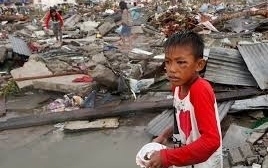
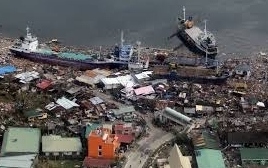
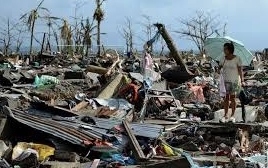
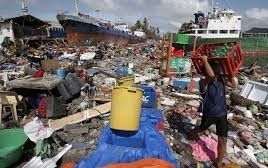
These pictures were taken in Tacloban, city after the storm.
The Philippine Weather Service gave Haiyan a second name – and Yolanda is now the only name used in the disaster relief work. Having two names is appropriate considering that we are dealing with the strongest typhoon ever and a storm surge which surpassed the waves produced by the powerful Tsunami on Boxing Day 2004 which totally devastated northern Sumatra and coastal areas of Thailand.
The storm surge, which measured more than 7 meters, washed away everything in its path along the coastal areas south of Tacloban City, with water and debris effectively bulldozing all structures. The luxurious 5-star Oriental Leyte Hotel with its idyllic beach location next to one of the most famous landmarks from WWII – MacArthur Landing Memorial – was completely destroyed leaving only the concrete walls standing.
Initial reports told the world of the devastation and of the thousands of fatalities and injuries in the path of the storm. Niels, who is the CEO of a shipping company with a lot of Philippino employees, was greatly concerned for the safety and wellbeing of the crew and their families in the affected areas. Many hours were spent on the phone from the ships trying to speak to and comfort loved ones at home. After 2 weeks they were able to pass on the message to all our ships and crew that their families were all safe.
Relief work
After a storm comes relief, rebuilding and trying to get food and water to survive the day. Less than 48 hours after the storm had passed British and other navy ships arrived with food, water, blankets and other essential relief material, and they were quickly followed by UNHCR, UNICEF, Red Cross and other agencies.
Once the initial emergency relief efforts were over and the long-term rebuilding phase took over, Niels and his wife Åsa decided to visit the affected families, listen to their stories and try to offer support and comfort.
February 21 Niels and Åsa arrived in Tacloban. After having lived through Hurricane Andrew in Miami 1992 and several powerful Hurricanes in the Bahamas they had some idea of what kind of damage we could expect to see from the wind. But they were totally unprepared for the extent of the damage from the storm surge and especially how much work is left to do before the city will be back to normal.
After having spent some time in Tacloban, Niels and Åsa continued a 4 hour drive across the Island to a small village called Palompon. During the stay in Palompon Niels and Åsa met with officers from the shipping company and their families who shared their stories from Yolanda. Niels knew that two of the sisters were teachers in poor school up in the mountains and asked how much they had lost during the storm, they replied: “nothing – they did not have anything to lose”. This became the spark that eventually started the help for the school and the beginning of the foundation.
The sisters home, which they shared with 2nd officer Ronald Sios-e, had sustained damage, but with help from family and friends they had managed to make temporary repairs and live in the house with their new addition to the family, a baby girl, born only 8 weeks before the storm.
Words cannot describe what Niels and Åsa saw more than 100 days after the storm. The pictures only give part of the story.
Establishment of Santiago Foundation
The trip to Leyte after Yolanda had a great impact on both Niels and Åsa. It is impossible to fully comprehend what these families have been through. Both Niels and Åsa were greatly concerned of the stories they had taken part of after the visit and felt that they wanted to contribute to the affected families. They therefore decided to establish the Santiago Foundation together with a colleague of Niels’s named Sofia.
The foundation was formally established during 2016 and has accomplished a lot since then. You can read more about the work we have done during the past years under ”Our Work”.

